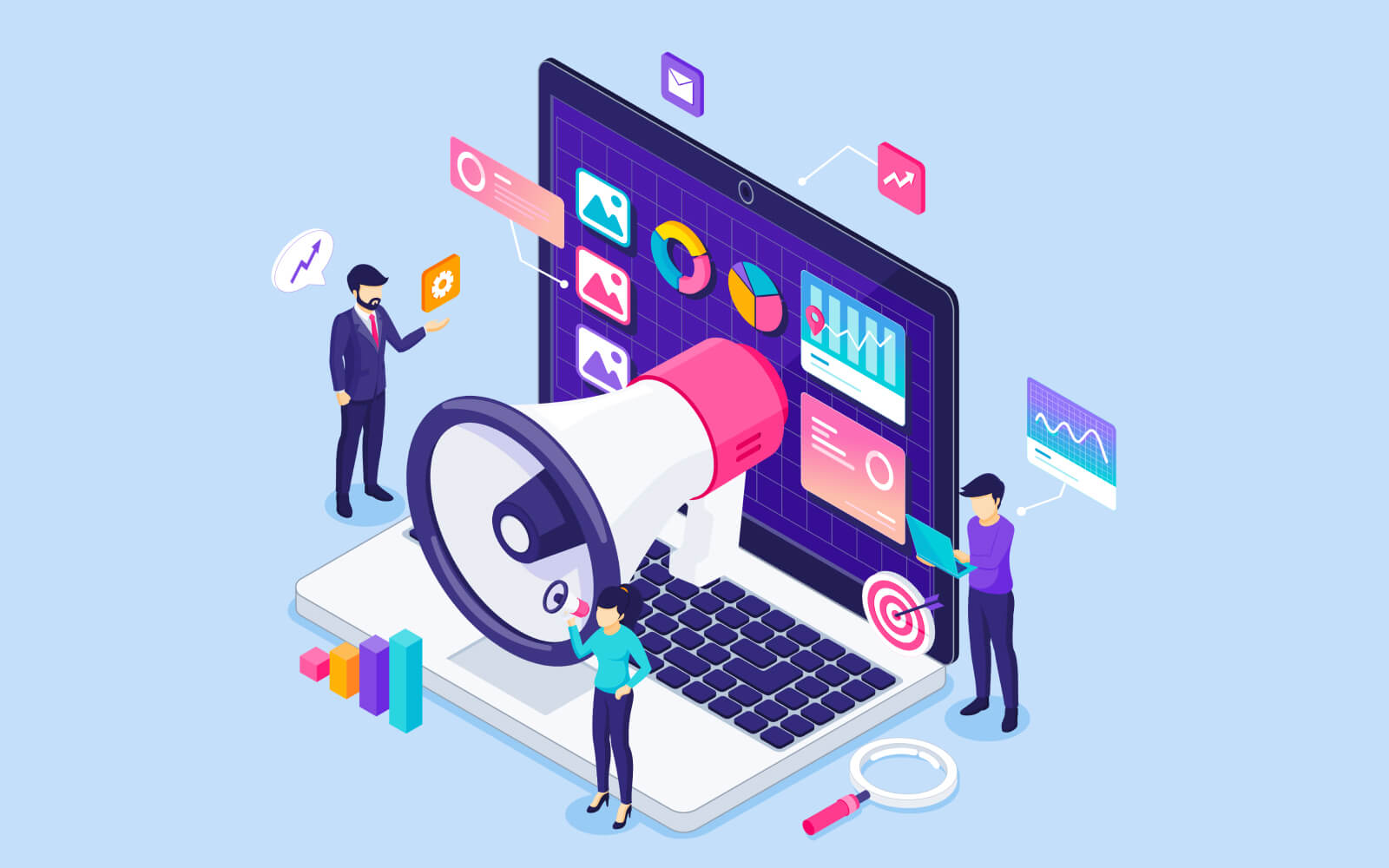In today’s digitally driven world, understanding and harnessing the power of social listening data is crucial for businesses to thrive. Social listening allows companies to monitor, analyze, and respond to conversations happening on various social media platforms and other online channels. In this article, we will delve into the intricacies of social listening data, its significance, and how businesses can leverage it to their advantage.
Introduction to Social Listening Data

Social listening data refers to the process of monitoring online conversations to gain insights into what people are saying about a particular brand, product, industry, or topic. It involves analyzing social media platforms, forums, blogs, news sites, and other online sources to understand public sentiment and trends.
Definition and Importance
Social listening enables businesses to stay in tune with their audience’s preferences, opinions, and concerns in real time. By tapping into social listening data, companies can identify emerging trends, track brand mentions, monitor competitors, and gather valuable feedback for informed decision-making.
Understanding Social Listening Tools
To effectively harness social listening data, businesses utilize a variety of tools and platforms designed specifically for this purpose. These tools offer a range of features and functions to gather, analyze, and visualize data from diverse online sources.
Features and Functions
Social listening tools typically offer features such as sentiment analysis, keyword tracking, influencer identification, and customizable dashboards. These functionalities allow businesses to gain deeper insights into consumer behavior and market trends.
How Social Listening Data is Collected
Social listening data is collected through a combination of automated processes and manual monitoring techniques. These methods vary depending on the platforms being analyzed and the specific objectives of the analysis.
Methods and Techniques
Common methods for collecting social listening data include keyword searches, hashtag monitoring, topic clustering, and sentiment analysis. Advanced techniques may involve natural language processing (NLP) algorithms to extract meaning from unstructured text data.
Analyzing Social Listening Data
Once social monitoring data is collected, it is crucial to analyze it effectively to extract actionable insights. This involves identifying key metrics, trends, and patterns that can inform strategic decision-making.
Key Metrics and Insights
Key metrics in social listening analysis include sentiment analysis, engagement levels, reach, and influencer impact. By analyzing these metrics, businesses can gauge the effectiveness of their marketing campaigns, measure brand sentiment, and identify areas for improvement.
Applications of Social Listening Data
Social listening data has diverse applications across various business functions, including marketing, customer service, and product development.
1. Marketing Strategies
By monitoring social monitoring data, marketers can tailor their campaigns to resonate with their target audience’s interests and preferences. They can identify trending topics, capitalize on viral content, and measure the effectiveness of their messaging in real time.
2. Brand Reputation Management
Social listening data allows companies to proactively manage their brand reputation by addressing customer concerns and resolving issues before they escalate. By monitoring brand mentions and sentiment, businesses can identify potential PR crises and take timely action to mitigate negative publicity.
3. Product Development
Social listening data provides valuable insights into consumer preferences and pain points, helping businesses refine their products and services to better meet customer needs. By analyzing feedback and sentiment trends, companies can identify feature requests, product improvements, and market gaps to capitalize on.
Challenges
Despite its benefits, leveraging social listening data comes with its own set of challenges that businesses must overcome.
1. Data Accuracy and Quality
One of the main challenges in social listening is ensuring the accuracy and reliability of the data collected. Automated tools may struggle with sarcasm, slang, and language nuances, leading to inaccuracies in sentiment analysis and insights.
2. Privacy Concerns
Another challenge is navigating privacy concerns surrounding the collection and analysis of social media data. Businesses must adhere to data protection regulations and ethical guidelines to ensure the responsible use of consumer data.
Best Practices for Effective Social Listening
To maximize the effectiveness of social listening efforts, businesses should follow best practices and strategies.
1. Setting Clear Objectives
Before embarking on social listening initiatives, businesses should define clear objectives and goals. Whether it’s monitoring brand sentiment, tracking competitor activity, or identifying market trends, having a clear purpose ensures focused and actionable insights.
2. Choosing the Right Tools
Selecting the appropriate social listening tools is crucial for accurate data collection and analysis. Businesses should evaluate their needs and budget constraints to choose tools that align with their objectives and provide the necessary features and functionalities.
3. Continuous Monitoring and Analysis
Social listening is an ongoing process that requires continuous monitoring and analysis. By staying vigilant and responsive to changes in consumer behavior and market trends, businesses can adapt their strategies in real time to maintain a competitive edge.
Conclusion
In conclusion, social listening data offers invaluable insights into consumer behavior, market trends, and brand sentiment. By harnessing the power of social listening, businesses can gain a competitive advantage, enhance their marketing efforts, and better serve their customers. Ready to experience the benefits of social listening firsthand? Request a demo from AIM Technologies today and unlock the potential of data-driven decision-making.
FAQs
What are some popular social listening tools available in the market?
- Some popular social listening tools in the market include Brandwatch, AIM Insights, Hootsuite, Mention, and Talkwalker. Each of these tools offers a range of features and functionalities to monitor online conversations, analyze sentiment, and track brand mentions across various social media platforms.
How can businesses ensure the accuracy of social monitoring data?
- Businesses can ensure the accuracy of social monitoring data by using a combination of automated tools and manual validation processes. It’s essential to refine keyword searches, filter out irrelevant noise, and verify the sentiment of mentions to minimize errors. Additionally, cross-referencing data from multiple sources and conducting regular audits can help maintain data accuracy over time.
What are the ethical considerations associated with social listening?
- Ethical considerations in social listening revolve around privacy, consent, and data protection. Businesses must ensure compliance with relevant regulations such as GDPR and CCPA when collecting and analyzing consumer data. Respecting user privacy, obtaining consent for data collection, and being transparent about data usage are essential ethical practices in social listening.
How often should businesses engage in social listening activities?
- The frequency of social listening activities depends on the nature of the business, its goals, and the dynamics of its target audience. Ideally, businesses should engage in social listening activities regularly, monitoring conversations in real-time and conducting periodic deep dives into specific topics or trends. Continuous monitoring ensures that businesses stay informed about evolving consumer preferences and market trends.
Can social monitoring data be used to predict future trends?
- While social monitoring data provides valuable insights into current consumer behavior and sentiment, predicting future trends requires a combination of data analysis, trend forecasting, and industry expertise. By analyzing historical data and identifying patterns, businesses can make informed predictions about future trends and adapt their strategies accordingly. However, it’s essential to approach trend prediction with caution and recognize the inherent uncertainties and limitations involved.


